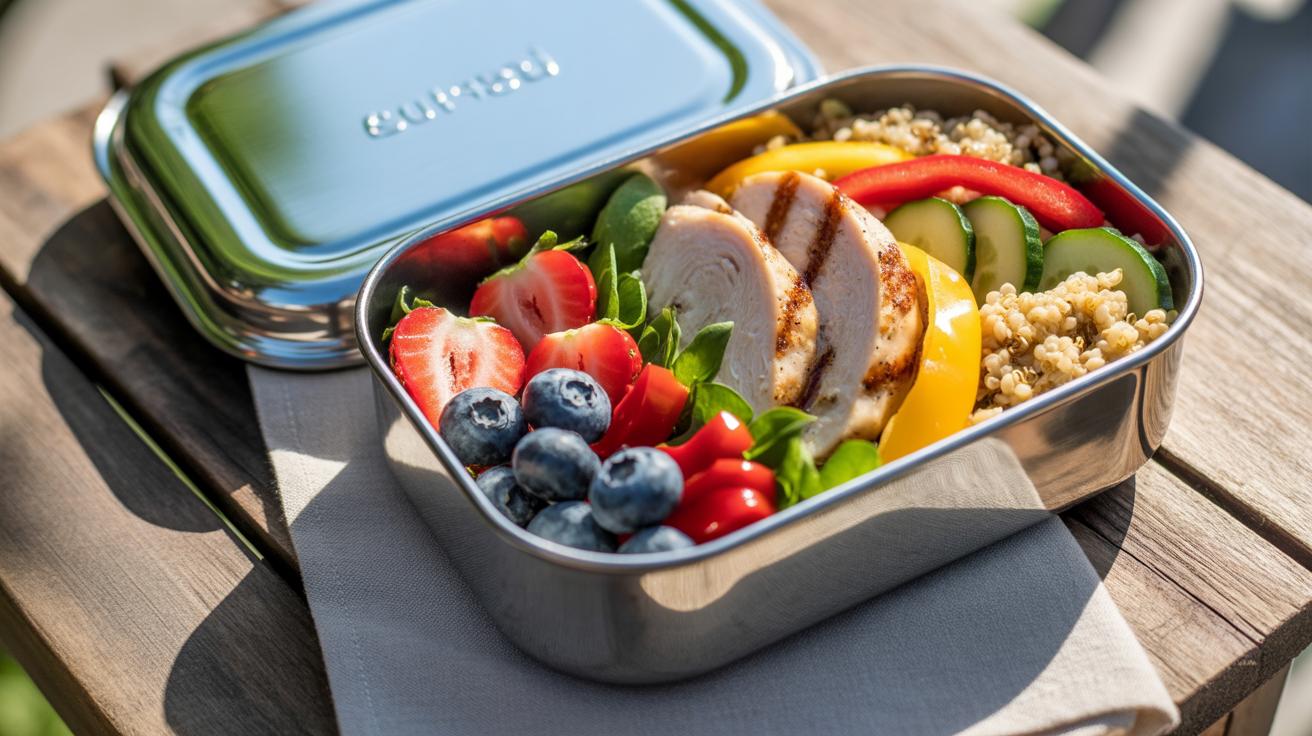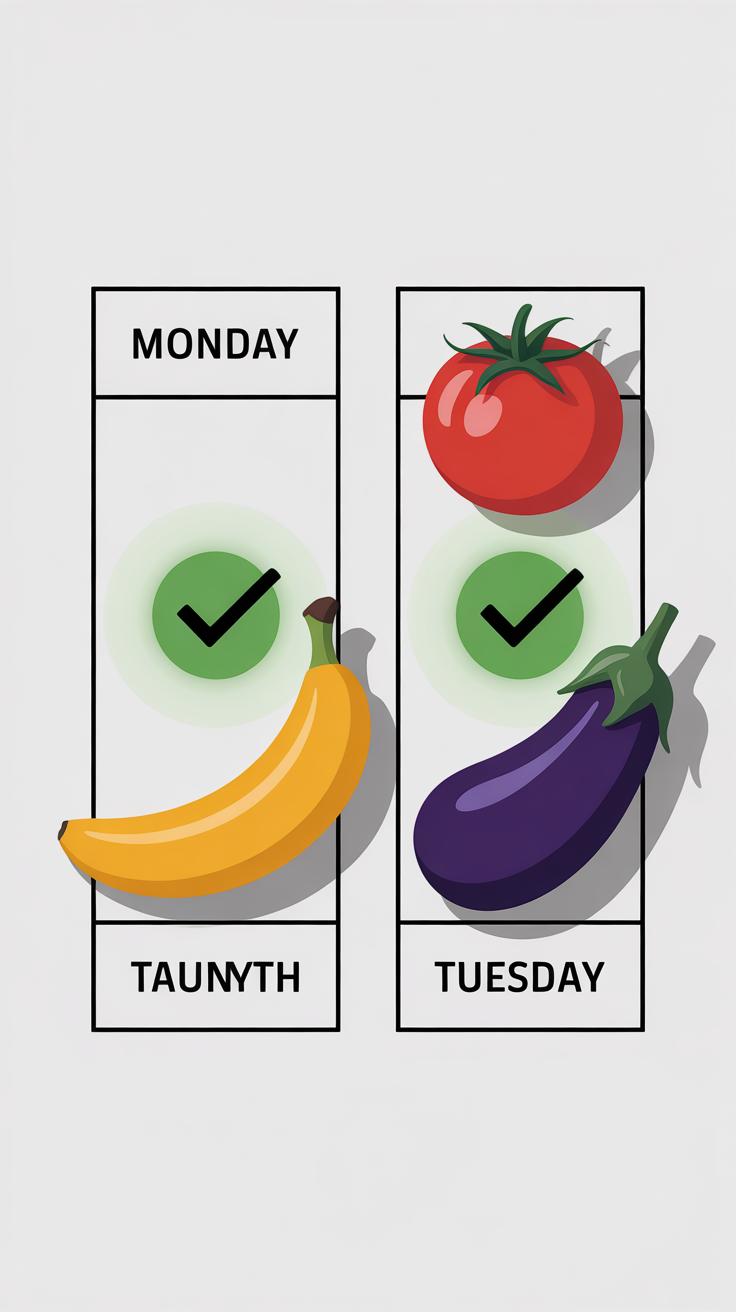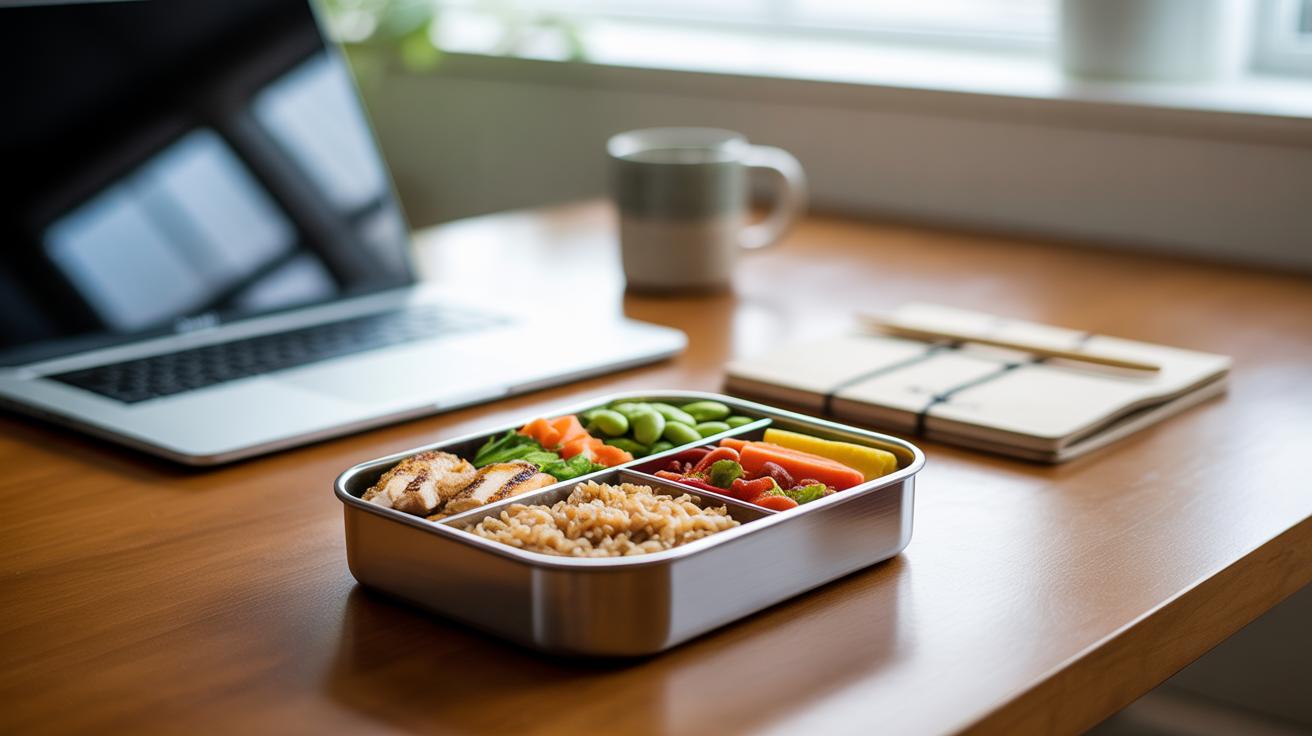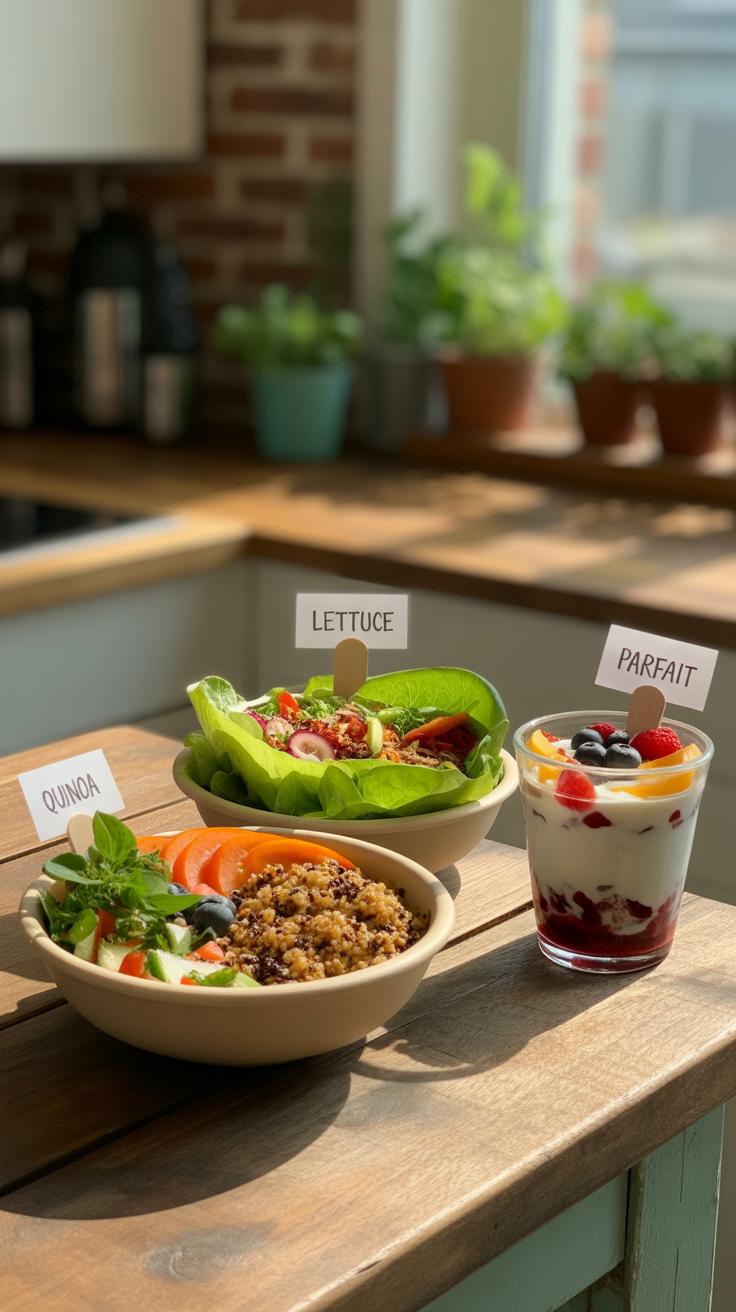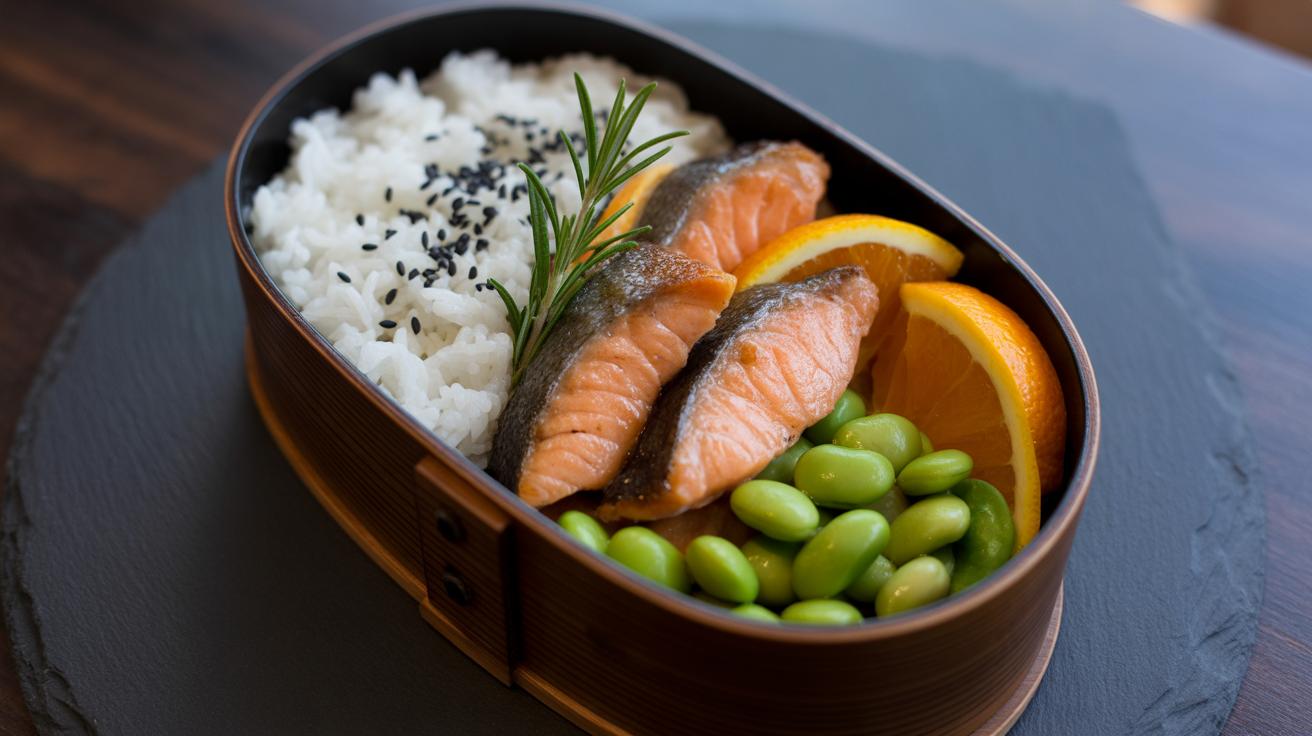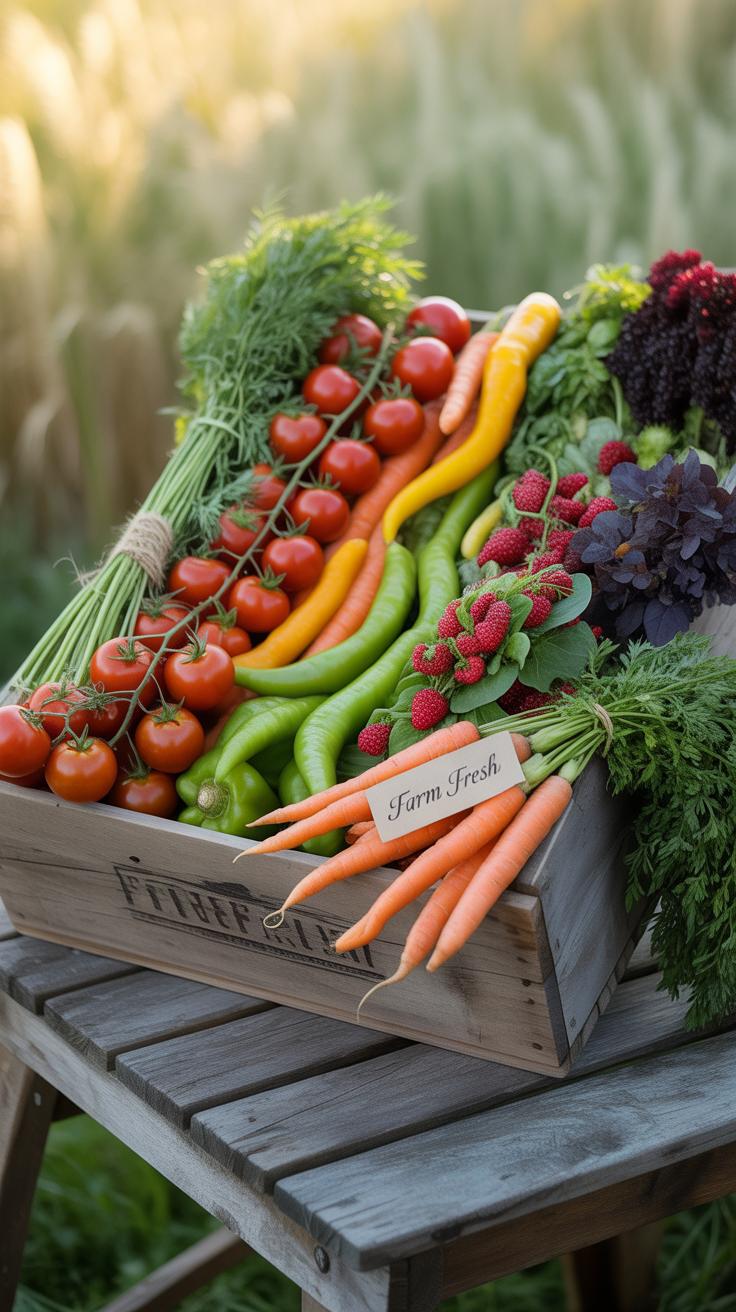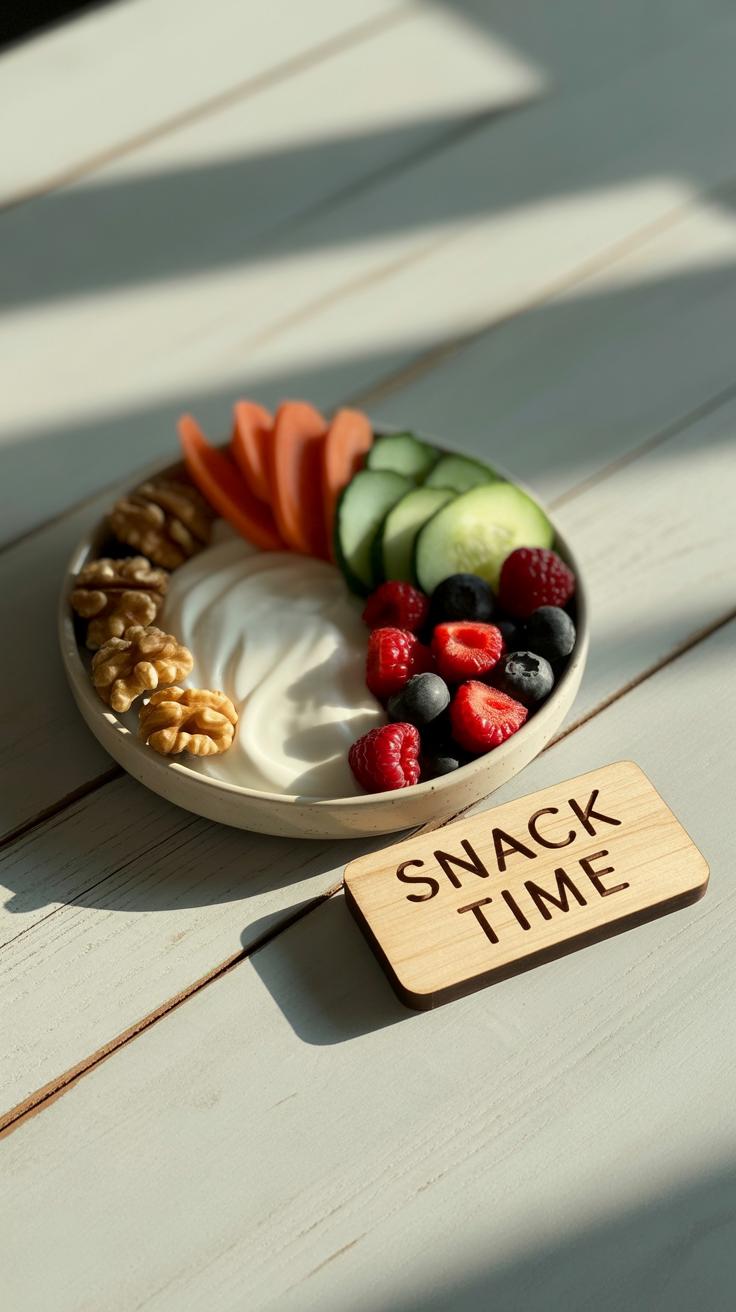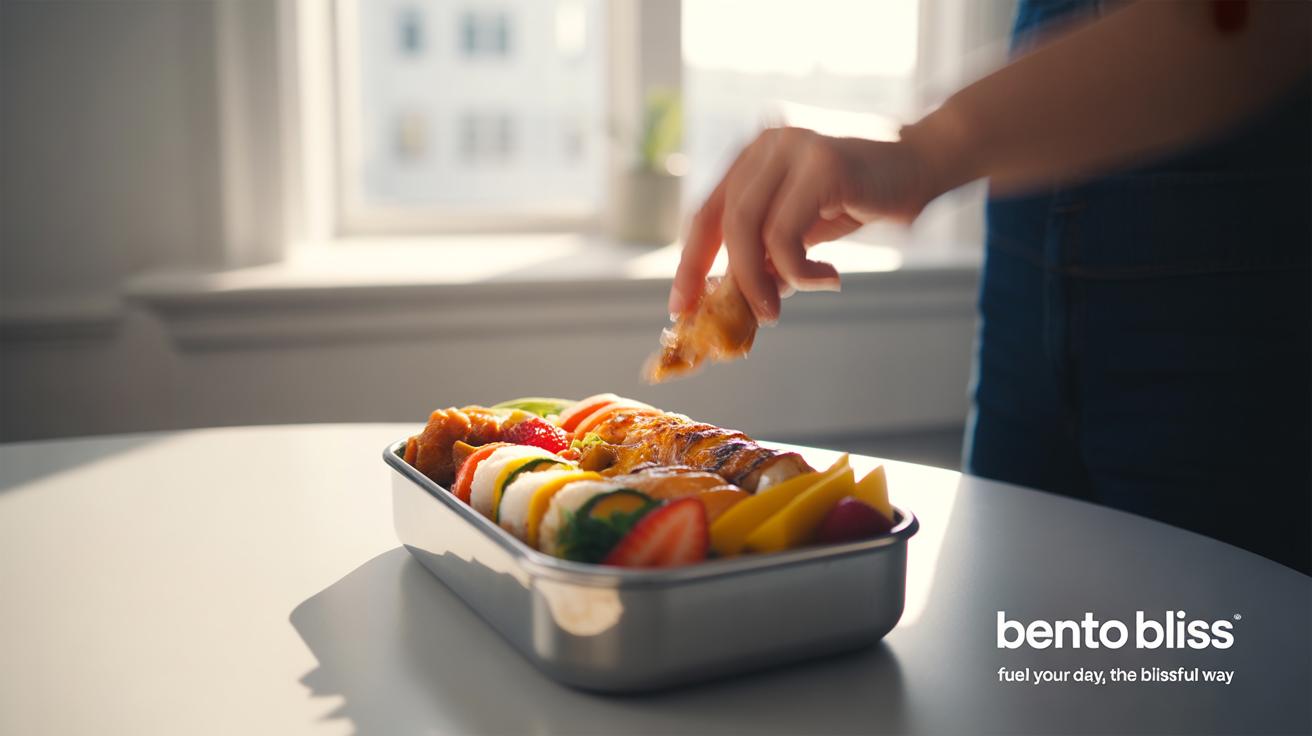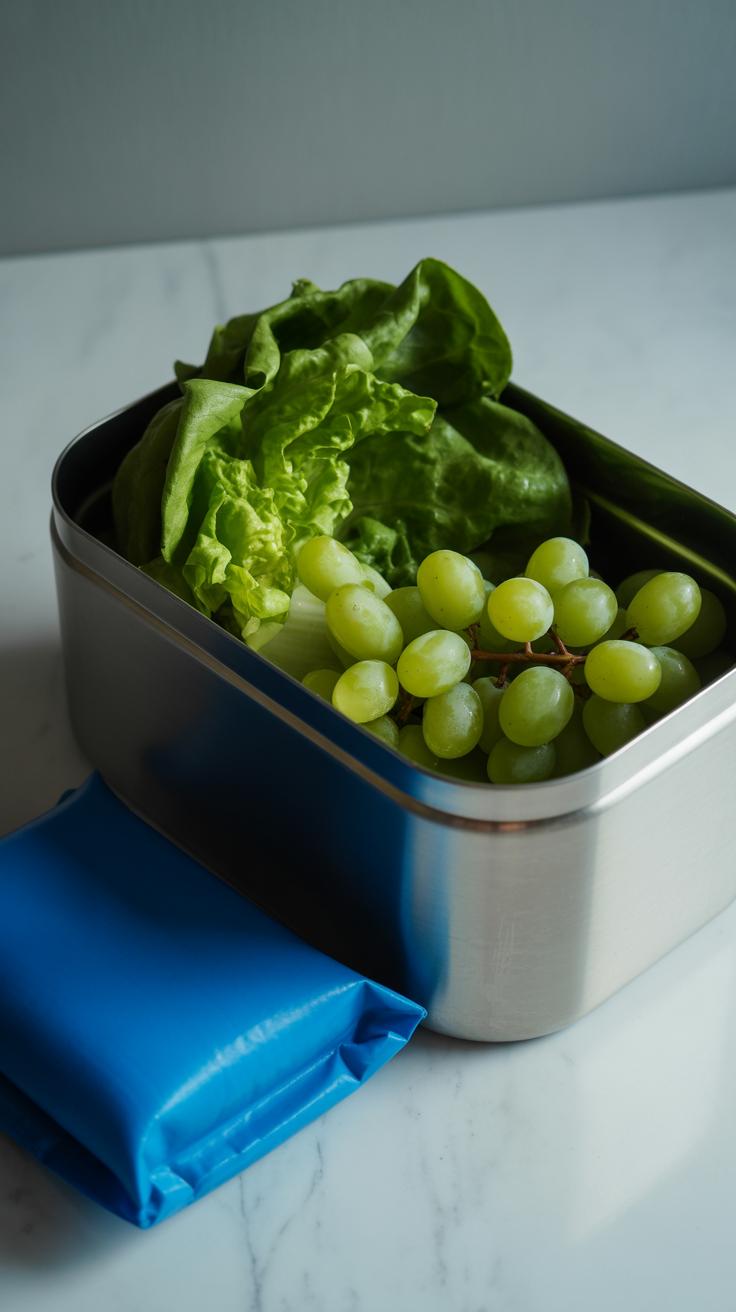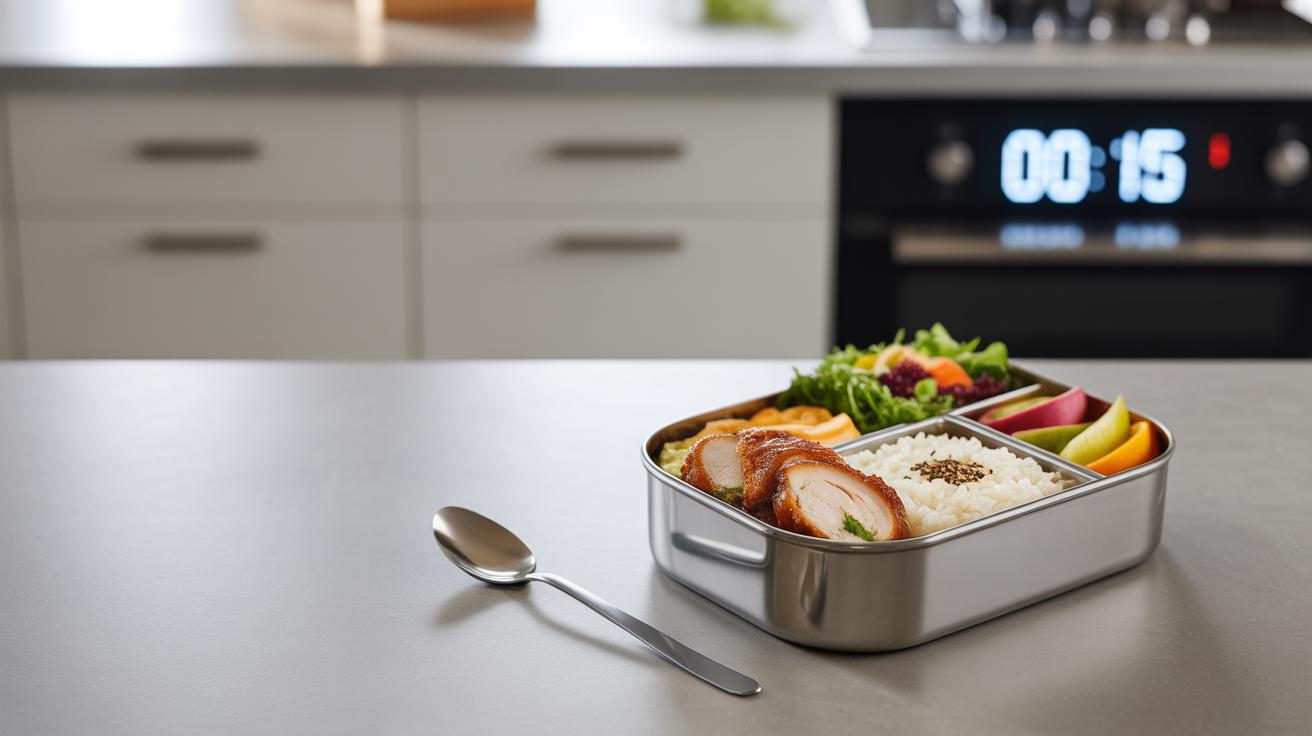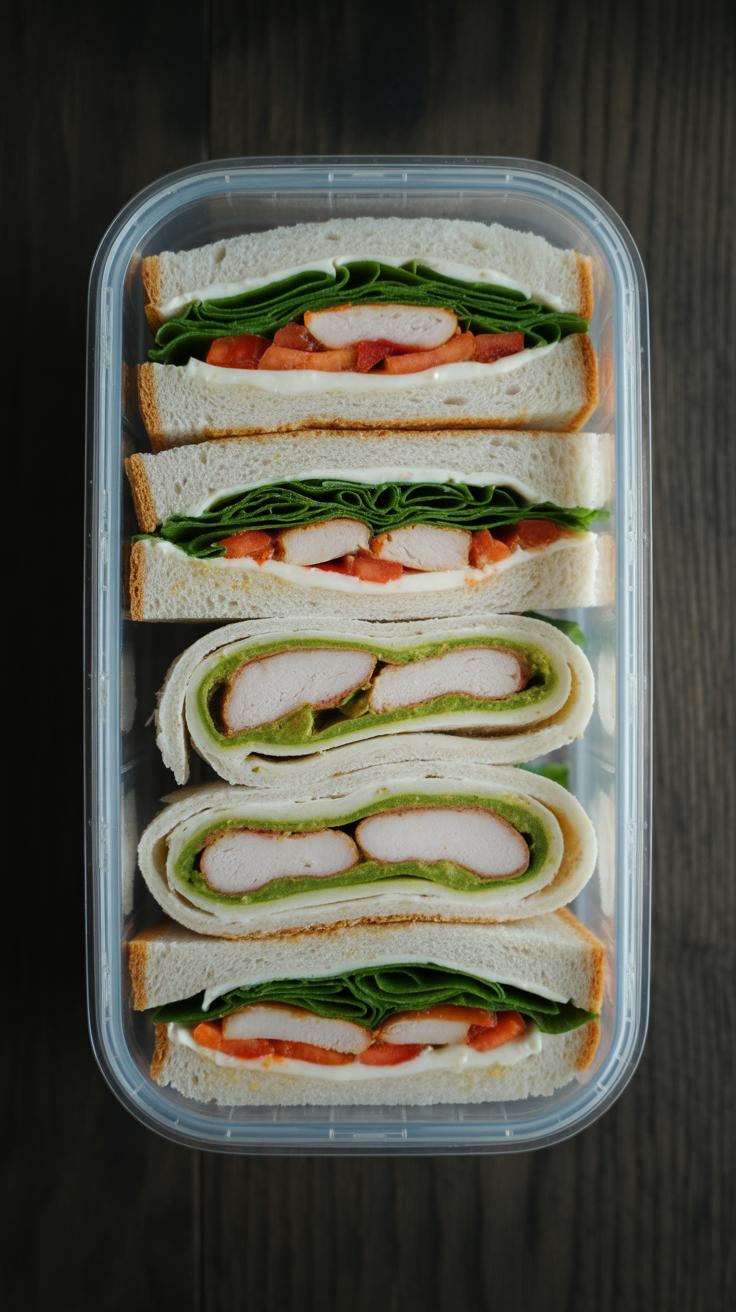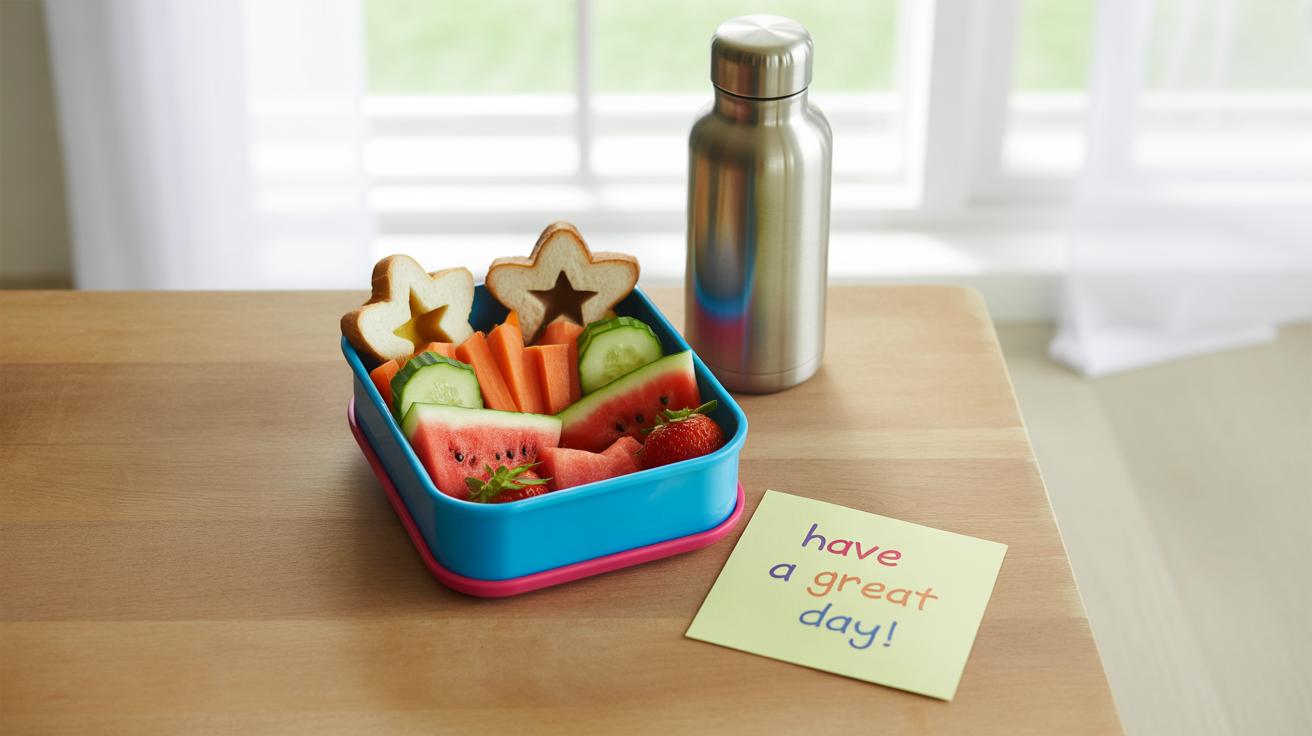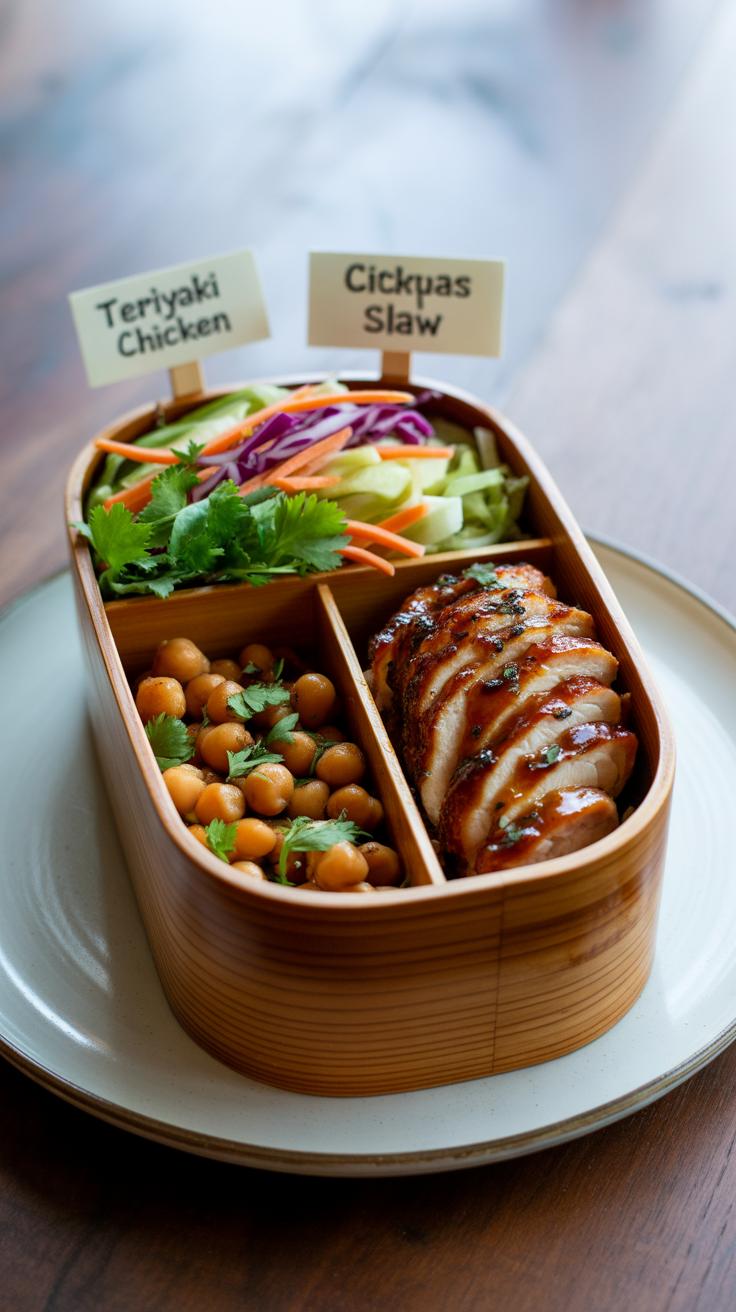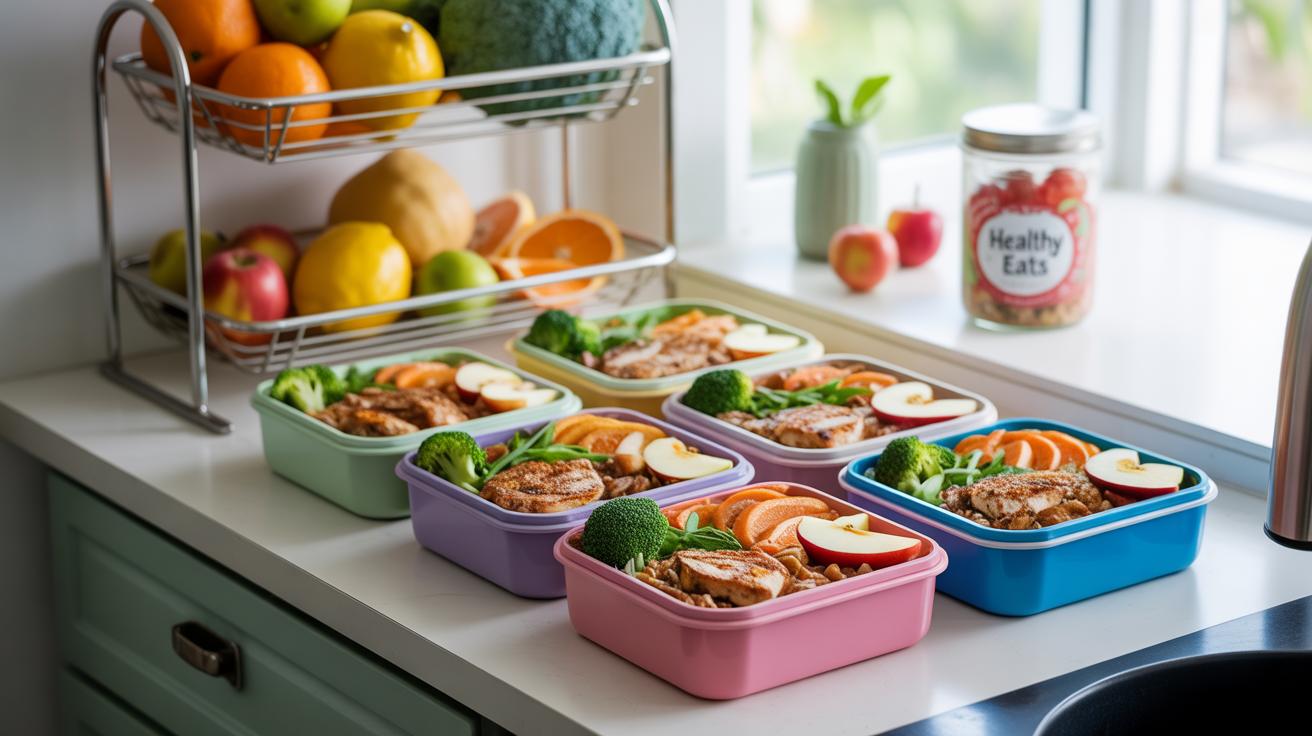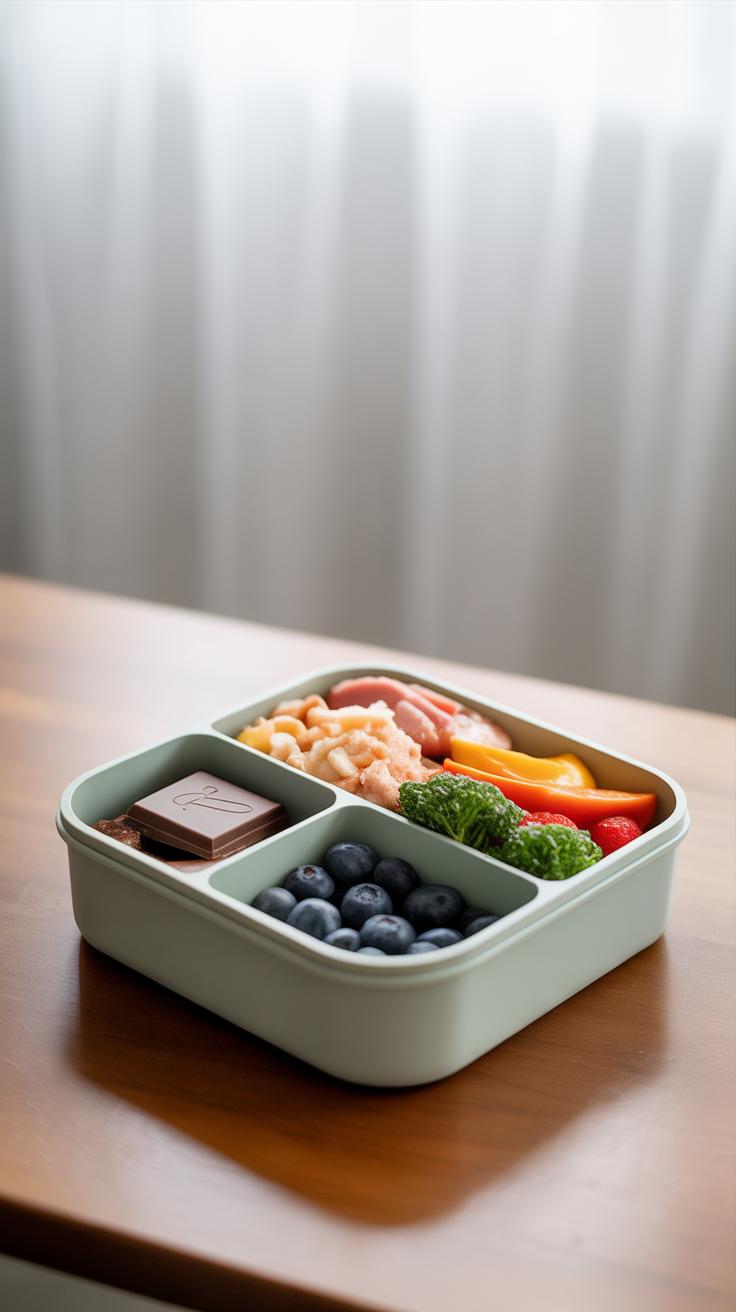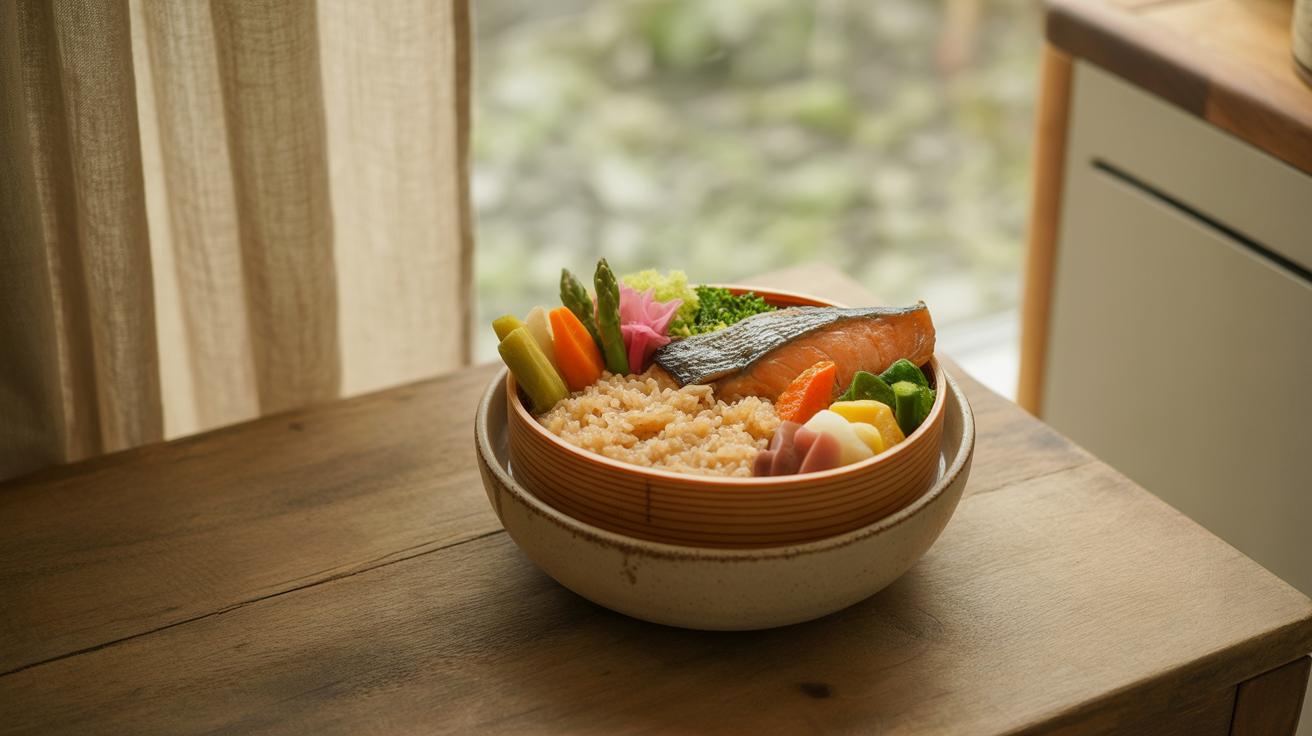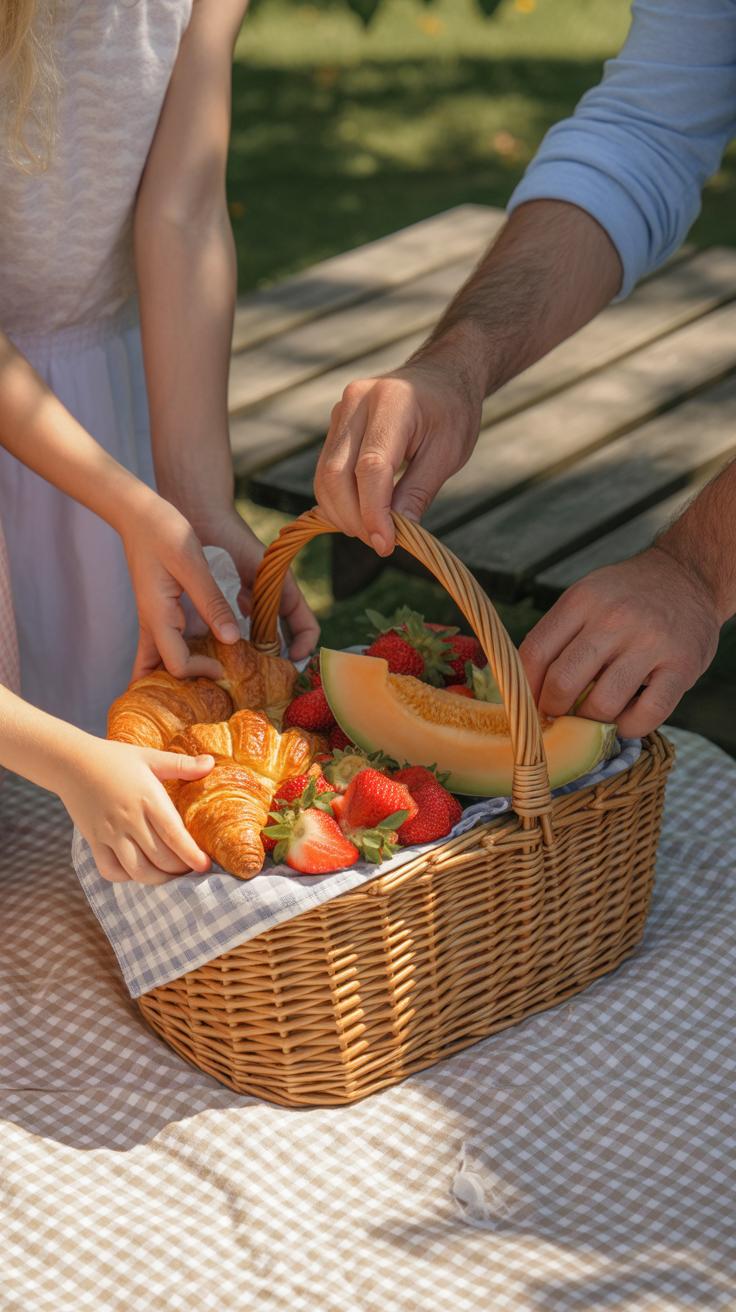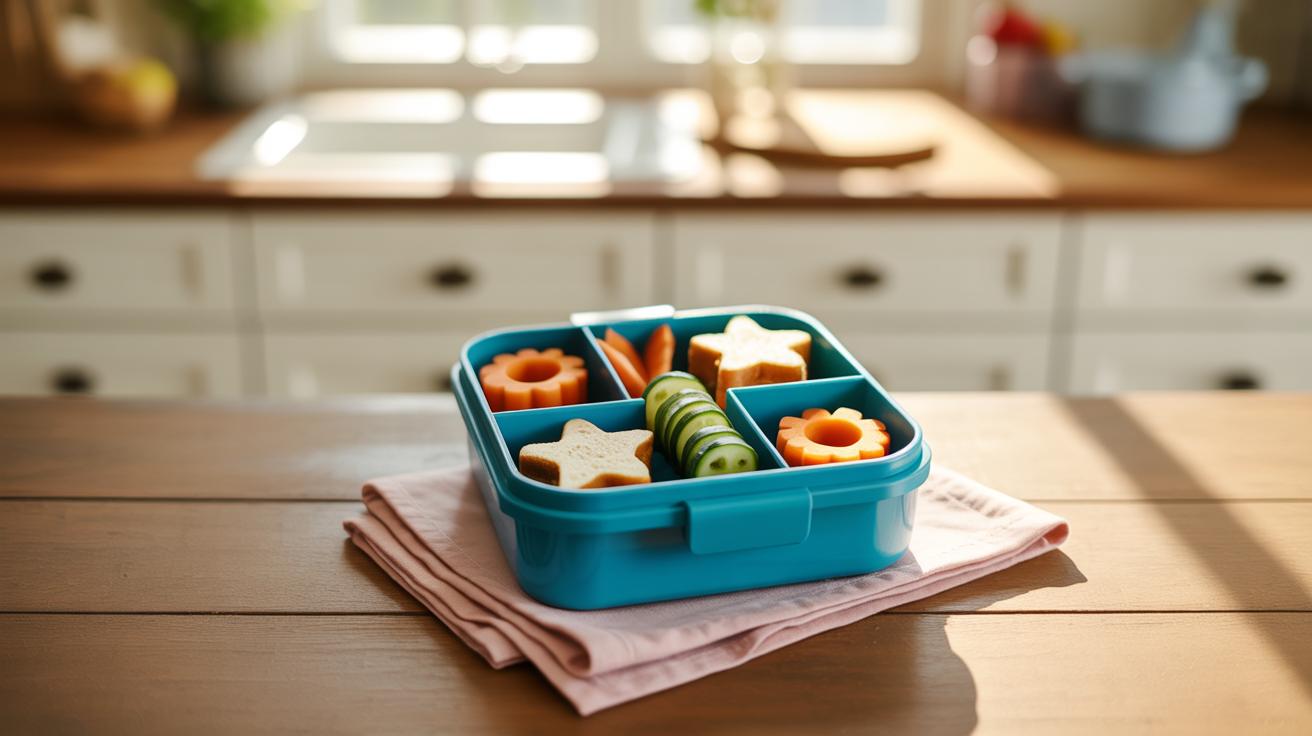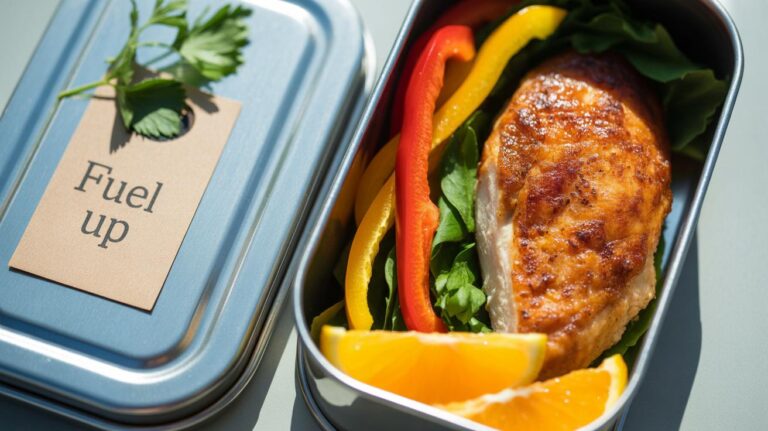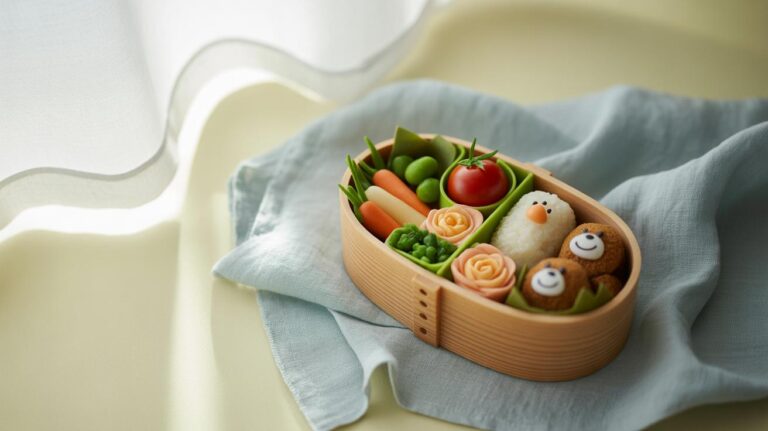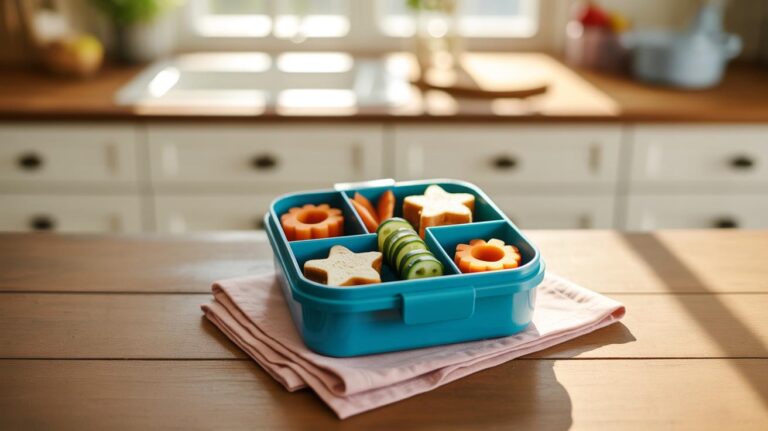Introduction
Eating healthy does not mean your lunchbox has to be boring or feel like a diet. With a little planning, you can prepare lunchboxes that are balanced, tasty, and that you will look forward to eating every day. This article explores ideas for healthy lunchboxes that provide all the nutrients your body needs without sacrificing flavor or enjoyment.
We will go through practical tips on packing balanced meals, suggest creative food combinations, and share ideas to keep your lunch interesting. The goal is to help you build a healthier routine easily and happily, using food that nourishes your body and satisfies your taste buds.
Planning Your Lunchbox Ahead of Time
When it comes to making healthy lunchboxes, planning ahead can really change the game. Without a plan, it’s easy to grab whatever is quick, and that often means less nutritious options. But spending a bit of time before the week starts can save you from that last-minute scramble. You might find you actually enjoy the process once it becomes a habit.
Start by setting aside a few minutes each weekend to sketch out a lunch schedule. Think about balance – proteins, veggies, whole grains, healthy fats. It doesn’t have to be perfect, just a rough guide to keep variety in your meals and prevent repetition. You could use a simple notebook, your phone’s calendar, or even meal planning apps if that works better for you.
Next, make your shopping list based on your plan. Look for fresh produce that’s in season; it tends to be tastier and sometimes cheaper. Grab whole grains like brown rice or whole wheat wraps, and pick snacks with recognizable ingredients—nuts, fruit, or yogurt. If you’re pressed for time, don’t hesitate to buy pre-cut veggies or ready-to-eat options, as long as they fit your nutritional goals.
Planning ahead isn’t just about food, either. It’s about your time and sanity. When your lunchbox is ready and waiting, you avoid those stressful mornings and unhealthy convenience foods. Have you tried meal planning before? What tools helped you stay on track, or maybe what tripped you up?
Easy and Healthy Meal Prep Ideas
Preparing lunchbox items ahead can really change your daily routine, especially on those rushed mornings. When you cook proteins and grains in batches, you create a small stash that you can mix and match throughout the week. Think of roasting a big tray of chicken thighs or boiling a pot of quinoa all at once. Then, store these in airtight containers in the fridge. It might seem like extra work upfront, but it saves you from scrambling later.
Don’t forget about fresh vegetables and fruits. Washing and chopping them the night before can make a real difference. For example, slicing cucumbers or bell peppers and portioning out berries or apple slices keeps things handy and tempting. Keeping produce in clear containers helps you spot them easily, so they don’t end up forgotten at the bottom of the fridge.
But there’s something to balance here—some veggies lose crunch faster once cut, so you might want to prep firmer options earlier while waiting to chop leafy greens closer to the day you’ll eat them. It’s not perfect, but it’s better than nothing.
Do you find like I do that having a few go-to meals, like a grain bowl or wrap, lets you throw together something nutritious without the fuss? Having those batch-cooked staples on hand makes healthy lunches feel doable, not like a chore.
Incorporating Color and Variety
Adding a range of colors and different types of foods to your lunchbox does more than just make it look appealing. It also brings a wide mix of nutrients that your body needs but might otherwise miss. When you think about it, a lunch packed with only one or two items can soon become boring. And I think most of us have experienced that blandness creeping in after a few days.
Picking a rainbow of fruits and vegetables isn’t just a visual trick. Each color often means a different set of nutrients—reds like tomatoes and strawberries have antioxidants, greens like spinach and kiwi offer vitamins and minerals, and yellows or oranges like carrots and mangoes bring in beta-carotene. This diversity supports various functions in your body, from boosting immunity to improving skin health.
But here’s something I’ve noticed: Just mixing colors can’t carry the day alone. Texture and flavor play a big role in keeping meals enjoyable. Combining crunchy items like celery sticks or nuts with soft ones like cheese or ripe fruit can create a nice balance. Sweet touches such as grapes work well alongside savory elements like hummus or turkey. Sometimes that unexpected contrast makes lunch feel less like a chore.
Maybe next time you pack your lunch, try adding a few of these ideas and see if it changes how you look forward to your meal. After all, variety isn’t just about nutrition—it’s about making eating a bit more interesting every day.
Healthy Snacks to Include in Your Lunchbox
When packing a lunchbox, snacks often get overlooked, but they play a crucial role. You want something that powers you through the afternoon without leaving you feeling sluggish or reaching for sugar. Nutritious snacks can really complement your main meal, offering extra energy and making the whole lunch experience more satisfying.
Nutritious Nuts and Seeds
Nuts and seeds are easy to toss in a lunchbox, and they offer healthy fats, protein, and fiber. Think almonds, walnuts, pumpkin seeds, or sunflower seeds. You might find that a small handful—about a quarter cup—is enough to keep you energized without going overboard on calories. I remember trying to eat too many cashews once and feeling a bit weighed down afterward.
The great part is that nuts and seeds tend to be quite filling. They support brain function and help maintain stable blood sugar, which, frankly, makes the afternoon workday or school session more manageable. Still, portion control matters here because they’re energy-dense, so you don’t want to pack a whole bag for one sitting.
Smart Choices for Sweet Treats
When it comes to sweet snacks, you don’t have to ditch sweetness altogether. Natural options like dried fruit—think apricots, raisins, or dates—can satisfy that craving without added sugars lurking in the background. But watch the portions; dried fruit can be surprisingly sugary and calorie-rich.
Yogurt is another neat choice. Plain or lightly flavored versions provide protein, calcium, and probiotics. I’ve noticed that keeping a small container of yogurt in the lunchbox changes the typical snack game completely. It feels indulgent but still keeps things on the healthier side. Combining yogurt with a sprinkle of seeds or a few berries can balance sweetness and texture.
Choosing snacks that combine nutrients and taste makes the lunchbox inviting. It’s less about rigid rules and more about what keeps you feeling good and ready for the rest of your day.
Keeping Lunchboxes Fresh and Safe
When you pack a lunch, keeping the food fresh and safe until mealtime isn’t always straightforward. You might think a regular sandwich in a plastic bag is fine, but sometimes things can spoil or get soggy faster than you expect. Choosing the right containers and lunch bags can really make a difference.
Using the Right Containers and Insulation
Hard plastic or stainless steel containers with tight-fitting lids work well to keep foods separate and prevent leaks. I’ve noticed that containers with separate compartments help avoid mixing wet and dry ingredients, which can get messy and unappetizing.
Lunch bags with built-in insulation or thick lining are worth trying if you don’t want foods to warm up too much. Think about adding a small ice pack, especially during warmer months, since that little extra chill can keep salads crisp and mayo-based items safe for hours. There’s no perfect container, really—it’s a bit of trial and error depending on what you pack and how long the lunch sits undisturbed.
Food Safety Tips for Packing Lunches
Washing hands before you touch any ingredients seems obvious, but it’s easy to skip when mornings are rushed. Same goes for washing fruits and vegetables thoroughly. Try not to repack leftovers that have been sitting out too long; bacteria can multiply quicker than you might guess.
Keep cold foods cold—if you rely on refrigeration, pack lunches just before leaving so things aren’t left out at room temperature. Some items, like yogurt or cheese, need to stay cool. On the other hand, dry snacks like nuts or crackers don’t need the fridge but can still go stale without proper sealing.
It’s a bit of a balancing act, deciding what to pack and how to keep it safe and fresh, but with the right gear and some care, you’ll notice your midday meal feels better—not like an afterthought or risk.
Creative Sandwich and Wrap Ideas
Whole Grain and Vegetable Packed Sandwiches
Using whole grain bread is an easy way to give your lunch a boost. It adds fiber and a subtle nutty flavor that white bread just can’t match. But the real star? Vegetables. You don’t have to pile on lettuce alone—think thinly sliced cucumbers, shredded carrots, roasted red peppers, or even some avocado for creaminess.
Try layering spinach leaves with tomato slices, sprouts, and a smear of hummus or mustard to keep things moist. Sometimes, I find adding a little crunch with thin radish slices makes the sandwich surprisingly satisfying. Don’t be afraid to mix textures and colors—each bite changes, which keeps you interested.
One idea is to toast the bread lightly before assembling. It prevents sogginess when wet veggies come into play. Have you noticed how a warm sandwich often feels more substantial even if it’s packed mostly with plants? It’s a small trick but worth trying.
Flavorful Wraps with Lean Proteins
Wraps offer flexibility, especially when you want to sneak in lean proteins with fresh fillings. Think grilled chicken breast or turkey paired with thinly sliced bell peppers and a touch of light yogurt-based sauce. For plant-based options, black beans or chickpeas mashed with spices create a filling that feels hearty without heaviness.
A favorite combo is a whole wheat wrap loaded with spinach leaves, shredded carrot, lean turkey, and a hint of pesto. It brings moisture and flavor, but keeps the wrap from being messy. Sometimes I add a few slices of apple—odd, I know—but the crisp sweetness contrasts nicely with savory flavors.
Don’t underestimate the power of herbs like cilantro or mint. They elevate simple ingredients unexpectedly. Are you someone who likes pre-planning? Prepare your protein and veggies the night before, then assemble in the morning. It saves time and, well, makes lunch feel less like a chore.
Incorporating International Flavors
Trying out lunchbox ideas inspired by other cuisines can make your midday meal something to actually look forward to. Mediterranean lunches, for example, bring a nice mix of textures and tastes without feeling like you’re forcing healthy choices down your throat. Think about a simple spread: creamy hummus paired with crunchy cucumbers, cherry tomatoes, and a handful of olives. Easy to pack, filling, and they don’t lose their appeal over a few hours.
Maybe throw in some pita bread or a few cubes of feta cheese. It’s straightforward and keeps things fresh without feeling like diet food, which I think is a rare combo.
Then there’s the idea of Asian-style rice or noodle bowls, which can be as simple or complex as you like. A base of brown rice or soba noodles, some steamed or stir-fried veggies, and a protein—like tofu, chicken, or shrimp—layered on top can make for a balanced and satisfying meal. A drizzle of soy sauce or a sprinkle of sesame seeds can change the flavor enough to make each lunch feel a little different.
What I find interesting is that these bowls don’t need fuss—just fresh ingredients and a little prep. You might start wondering, why stick to sandwiches all the time? These flavors offer variety without extra work, and that mix of simplicity and taste keeps lunches from getting dull.
Balancing Indulgence and Health
It’s easy to think that healthy lunchboxes mean cutting out treats entirely, but that’s not always necessary—or even helpful. Including a small indulgence can make a lunch feel more enjoyable and less like a chore. The trick is to keep those treats in check while staying focused on nourishment.
Think of it like this: instead of a bag of regular chips, try baked veggie crisps or lightly salted popcorn. Instead of candy, a few dried fruit pieces or a small homemade muffin can satisfy a sweet tooth with less sugar and fat. These swaps don’t feel like a compromise; they simply offer a gentler way to enjoy familiar flavors.
Portion control plays a big role here. A little bit of something rich can be more satisfying than overdoing it. Using small containers or reusable silicone muffin cups helps keep portions sensible without feeling restrictive. When you’re aware of how much you’re packing and eating, your brain registers satiety better. That mindful approach also encourages appreciation of each bite. Have you noticed that when you slow down and savor a small treat, it often feels just right?
So, the goal isn’t to banish treats, but to balance them. Careful choices and smaller amounts let you enjoy indulgences without losing sight of a healthy meal that fuels your day.
Encouraging Kids and Family to Enjoy Healthy Lunches
Making Lunch Fun with Involvement
Getting kids involved in making their lunchboxes can change the whole experience. When children help choose or prepare their food, they’re more curious and willing to try it. Even young ones can wash veggies or arrange items in the box. Older kids might enjoy planning the week’s lunches or experimenting with new flavors.
Try simple approaches like a “lunchbox station” where different healthy ingredients are prepped and ready for assembling. This hands-on activity can turn packing lunch into a little game rather than a chore. Plus, involving kids quietly teaches choices and portions without needing long talks.
Setting a Positive Example
It’s easy to say, “Eat your veggies,” but showing how you make healthy choices day-to-day often speaks louder. When parents eat a varied diet that includes colorful fruits, whole grains, and lean proteins, it sends an unspoken message.
Maybe the lunchbox reflects what you just had for dinner, or you all sit down together and share meals. These rituals create an environment where healthy eating isn’t about rules but a lifestyle. On the other hand, nobody’s perfect—not every meal will be balanced, and that’s okay. What matters is consistent effort you can maintain, even if it’s a little messy sometimes.
Conclusions
Healthy lunchboxes can be simple to prepare and full of flavors you enjoy. By choosing a variety of foods and balancing different nutrients, you can support your well-being with each meal. You do not have to give up taste or fun when you choose to eat healthier. Small changes can have a big impact on your energy and health throughout the day.
Remember to plan your lunchbox with variety, color, and flavor in mind. Experiment with different ingredients and recipes to find what works best for you. Making healthy lunches a habit will help you stay energized, focused, and satisfied. Your lunchbox can be a source of pleasure and health, not a struggle.

